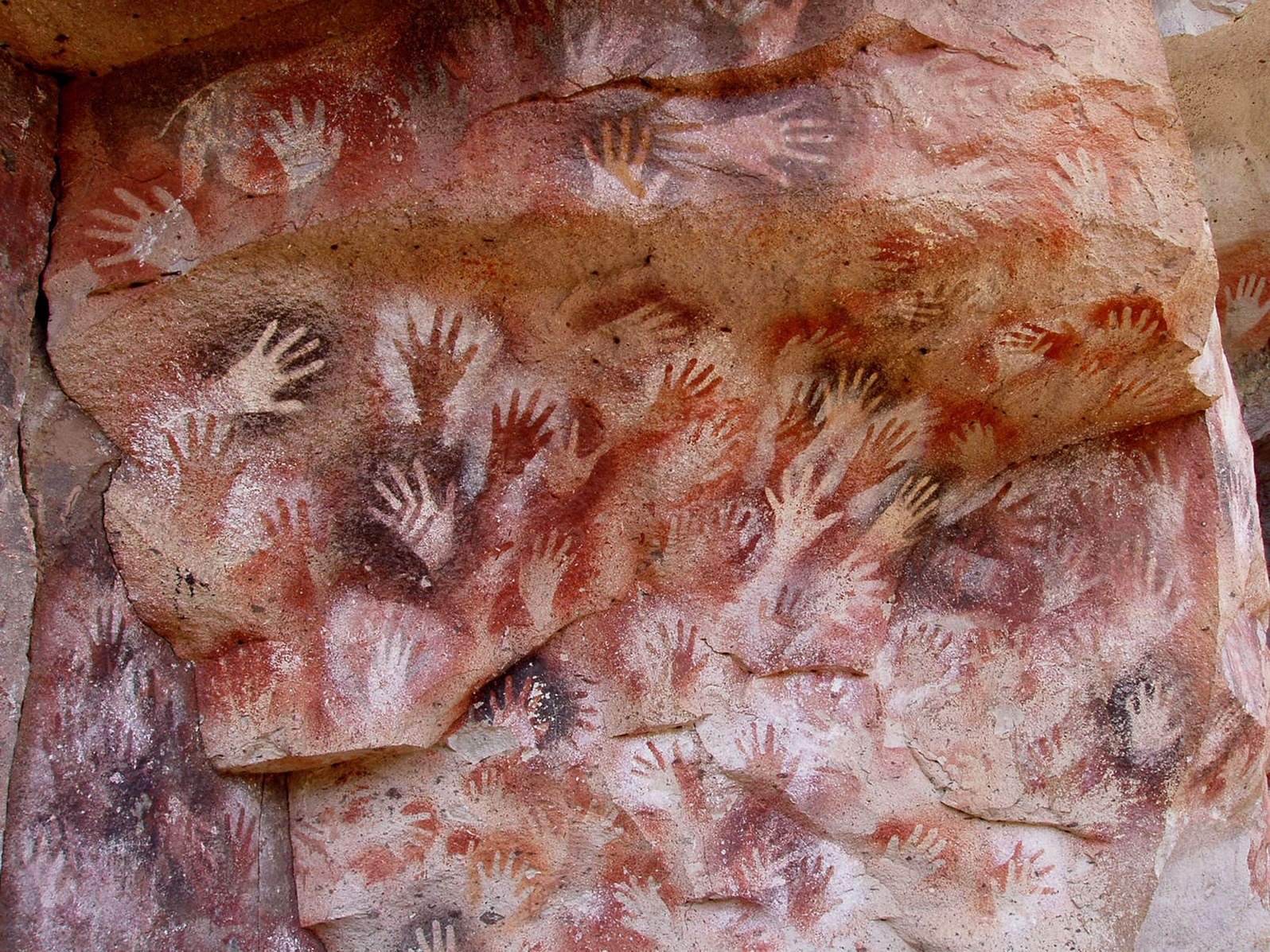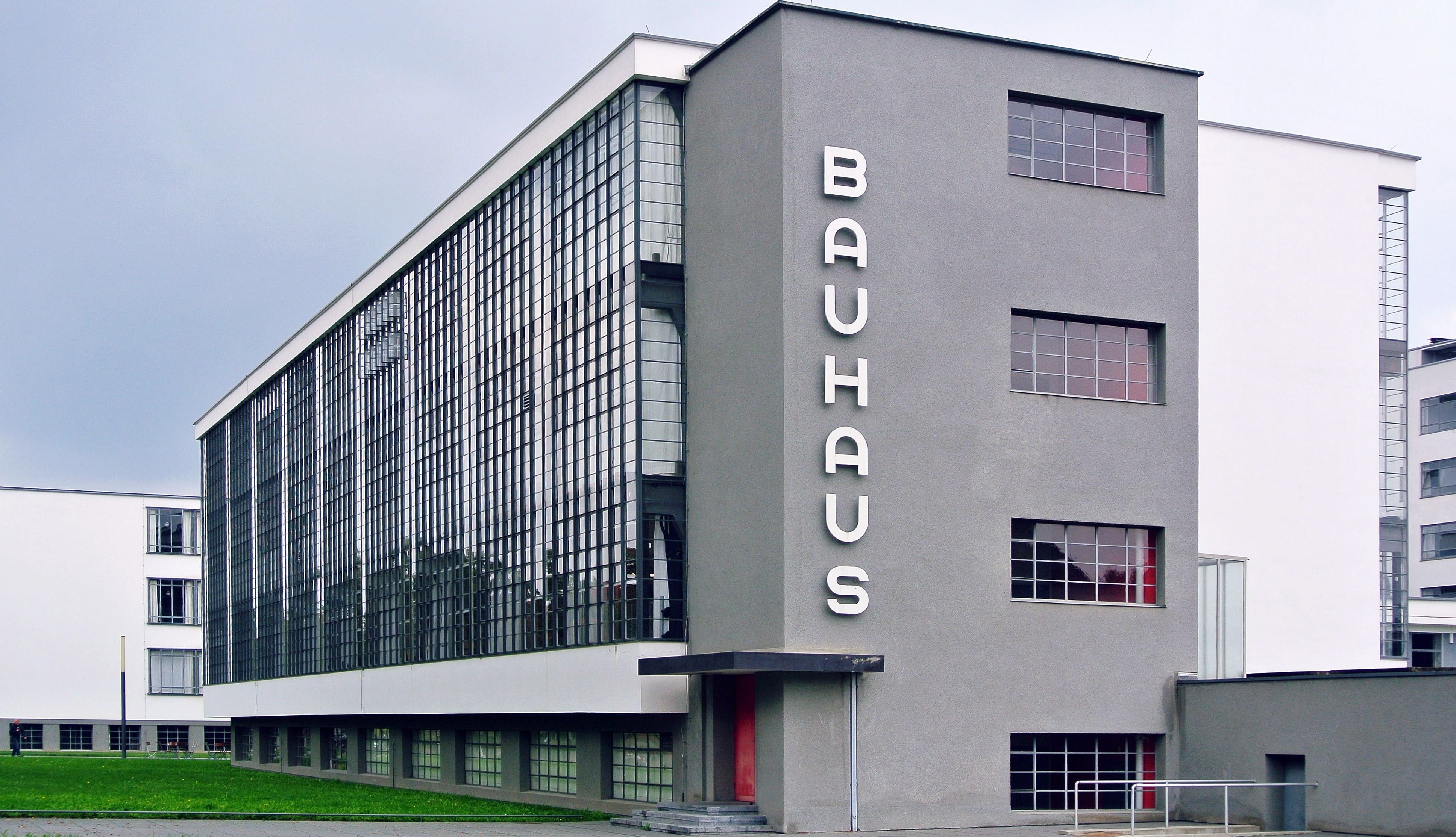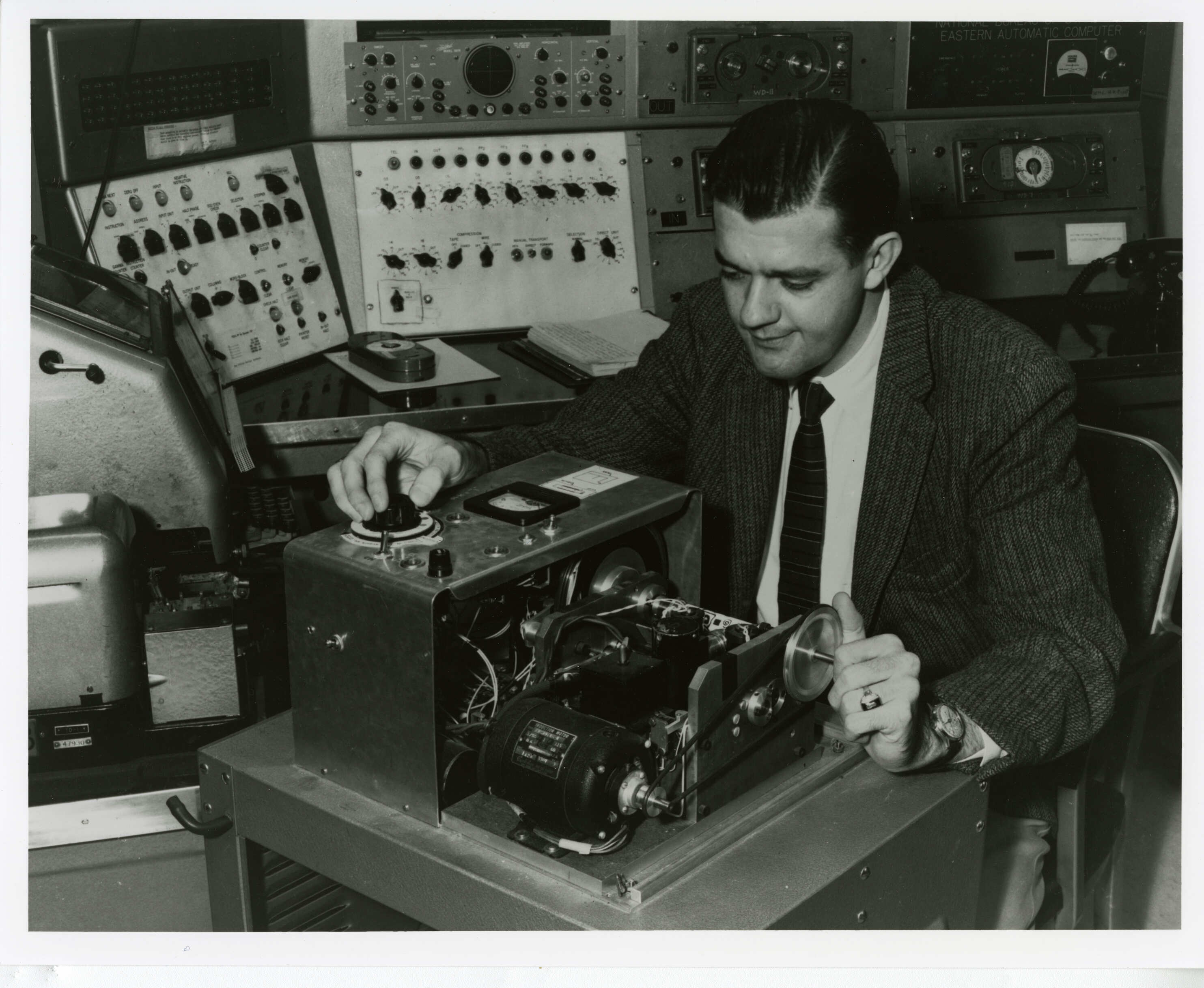THE HISTORY OF 3D RENDERING: The Digital Age. Part 2.
U OF U IN THE 1970s
The key place of the stunning breakthrough in 3D Rendering in the 1970s was the School of Computing at the University of Utah.
The key figures were David Evans, Ivan Sutherland and their students at the U of U.
That was the time and place to lay the foundations of modern CG.
During the 70s the University of Utah proved to be one of the leading locations of novelties in computer graphics. The researches at the U of U School of Computing were directed by David C. Evans, a developer of computing systems at Berkley in the previous decades.
Being awarded a huge grant from APRA (Advanced Research Projects Agency) for CG developing, D.C. Evans pursued the progress in hardware, boosting the elaboration of compact and capacious interactive computer.
The Advanced Research Projects Agency Network (ARPANET) implemented technologies that originated the Internet.
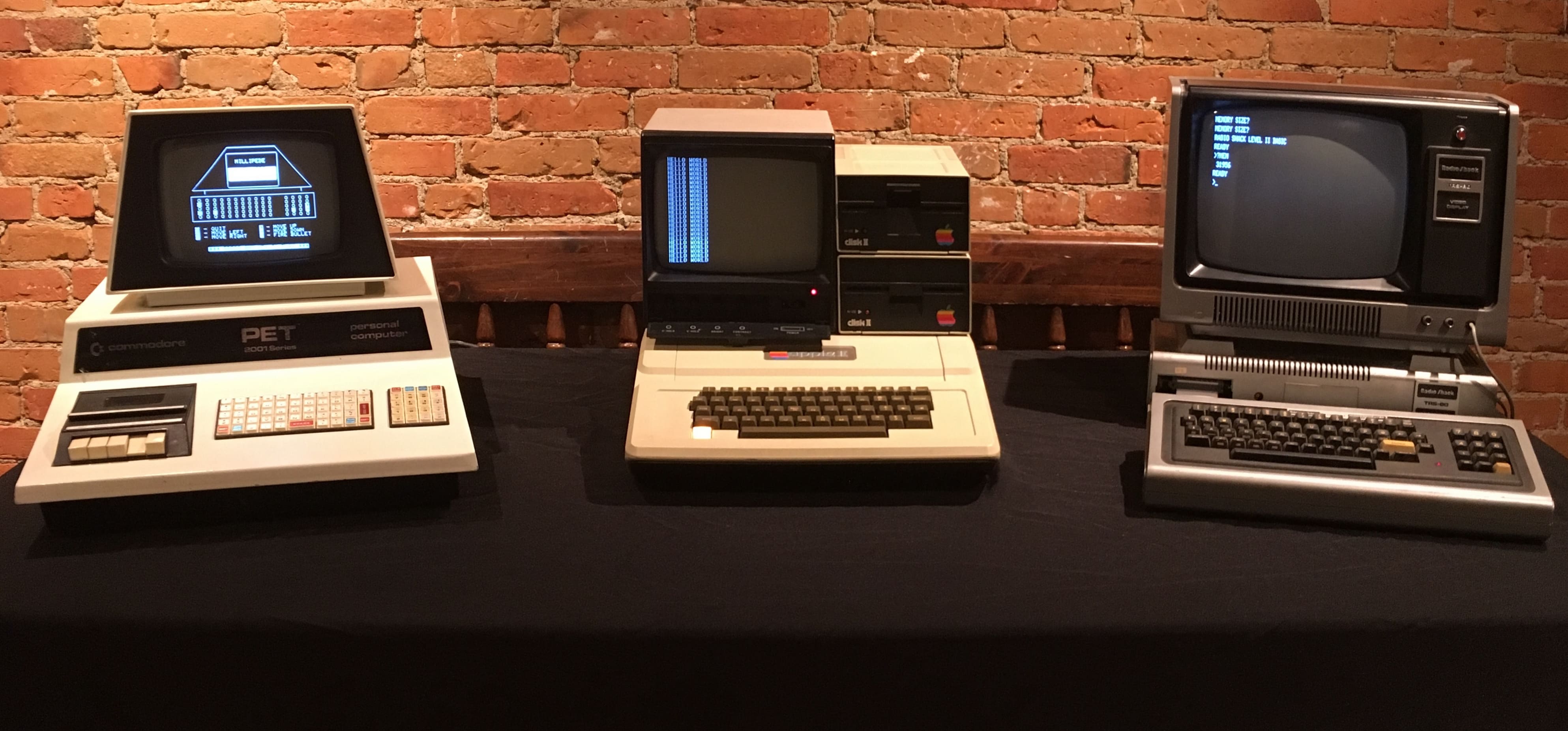
In the 1970s gigantic computers based on multiple microchips were gradually evolving into microcomputers, based on a single microchip, called microprocessor. Computers became cheaper and more affordable as well as more powerful and easier to operate. Appropriate CG software did not take long to appear.
A BUNCH OF GENIUSES
Under the authority of Professor David C.Evans the first CG center was founded at the U of U in the 1970s, pioneering teaching and studies in the field. A powerful team of researchers included Ivan Sutherland, a trailblazer in CG and CG teaching, and his students Alan Kay, Frank Crow, Jim Clark, Henry Gouraud, Edwin Catmull, Henry Fuchs, Bui Tuong Phong, John Warnock, Martin Newell and others – all of them contributing significantly to CG.
Alan Kay is known as a developer of Smalltalk programming language.
Gouraud Shading Technique (continuous shading of surfaces with poligon meshes) was named after Henry Gouraud.
Phong Shading is named after Bui Tuong Phong. This includes Phong’s normal-vector interpolation technique for surface shading and Phong’s reflection model.
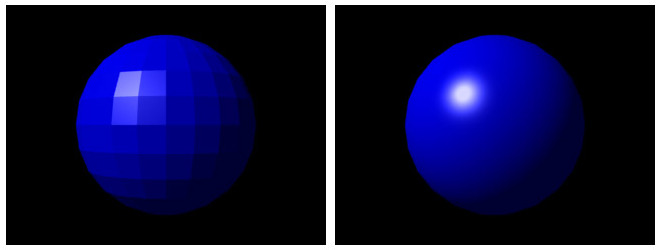
Frank Crow devised antialiasing methods to minimize the distortion artefacts when lowering resolution of images and shadow volume technique.
Henry Fuchs developed Binary Space Partitioning method in the 1980s.
In 1981 Jim Clark founded Silicon Graphics.
John Warnock was a co-founder of Adobe Systems.
Edwin Catmull was developing algorithms of texture mapping and Z-buffer. He was a co-founder of Pixar and a President of Walt Disney and Pixar Animation Studios.
The Names
Alan Curtis Kay (born May 17, 1940) a pioneer of object-oriented programming and windowing graphical user interface (GUI) design, is known as one of the developers of Smalltalk programming language. First introduced in 1971, this object-oriented language was based on the idea of message-passing and was partly designed for educational purposes. The first hardware for it were Xerox Alto computers. It is said that Alan Kay created the language in just several days on a bet. Later other versions and derivatives appeared, making the language one of the most loved and most influential till nowadays. (E.g. such programming languages as Java and Python also experience the effect of Smalltalk).
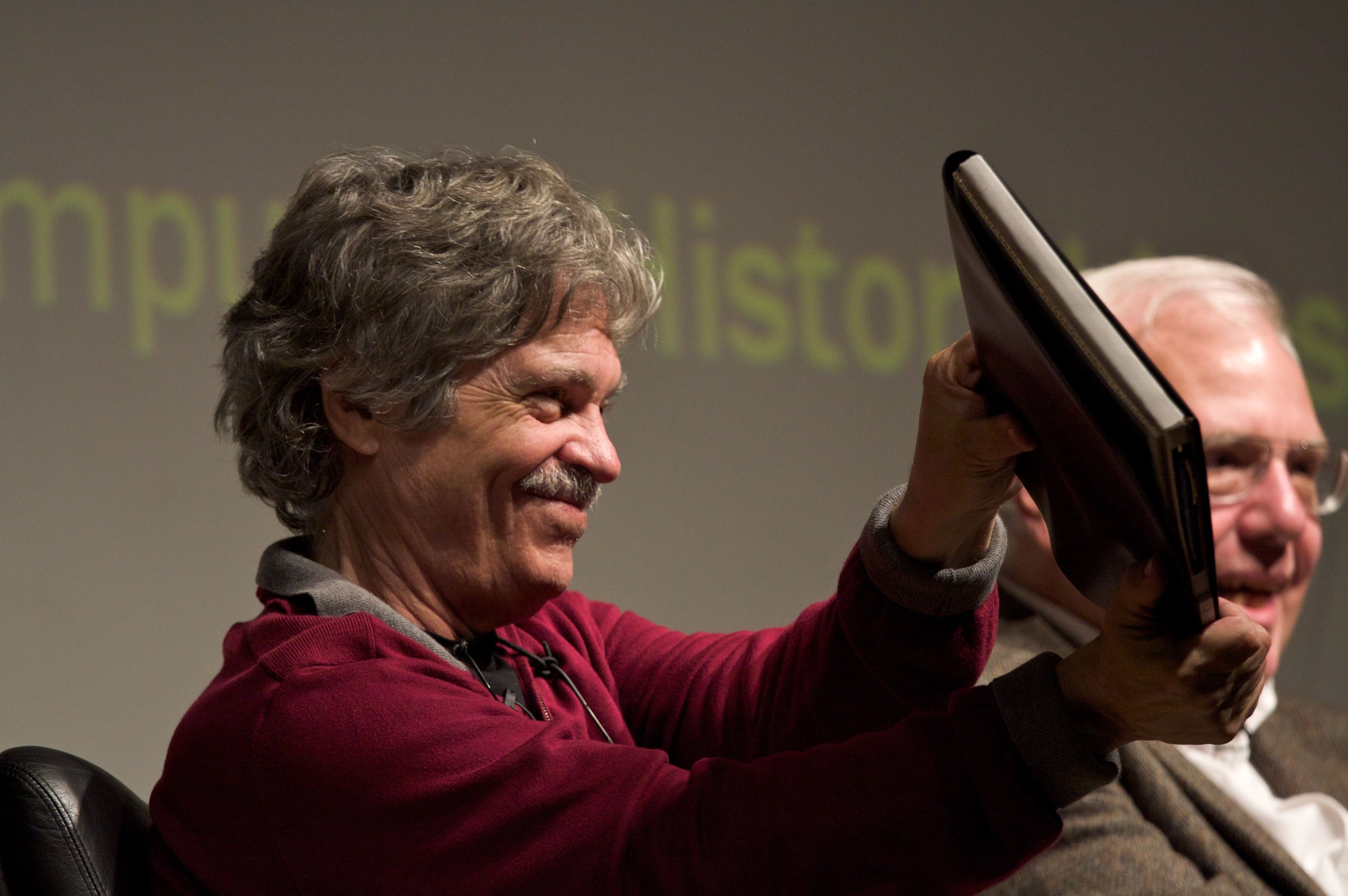
Alan Kay is also known as a former professional jazz-guitarist and a composer.
Henry Gouraud (born 1944) is a computer scientist, known as the developer of Gouraud Shading technique. This is an interpolation method in CG for continuous shading of curved surfaces of polygon meshes. The technique was first published in 1971. It is considered superior to flat shading
Bui Tuong Phong (December 14, 1942 – July 1975) was a Vietnamese-born CG scientist and researcher. He developed Phong’s normal-vector interpolation technique for surface shading and Phong’s reflection model. His was fatally ill with leukemia and his teachers (Prof. David C.Evans and Prof. Ivan E. Sutherland) and the fellow students supported him a lot so he could accomplish his PhD as fast as possible. He died at the age of 32.
Phong’s Shading works better than Gouraud Shading with smooth surfaces and models with small specular highlights, but requires significantly more processing.
Franklin C. Crow is a computer scientist and CG researcher, who developed spatial anti-aliasing technique to minimize visual distortion when changing the resolution of an image from higher to lower. This is essential in CG, digital photo, audio and video, etc.
He also developed shadow volume technique, which enables to add shadows to a rendered scene.

